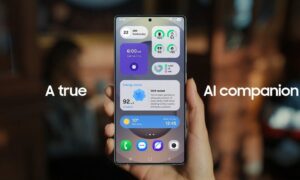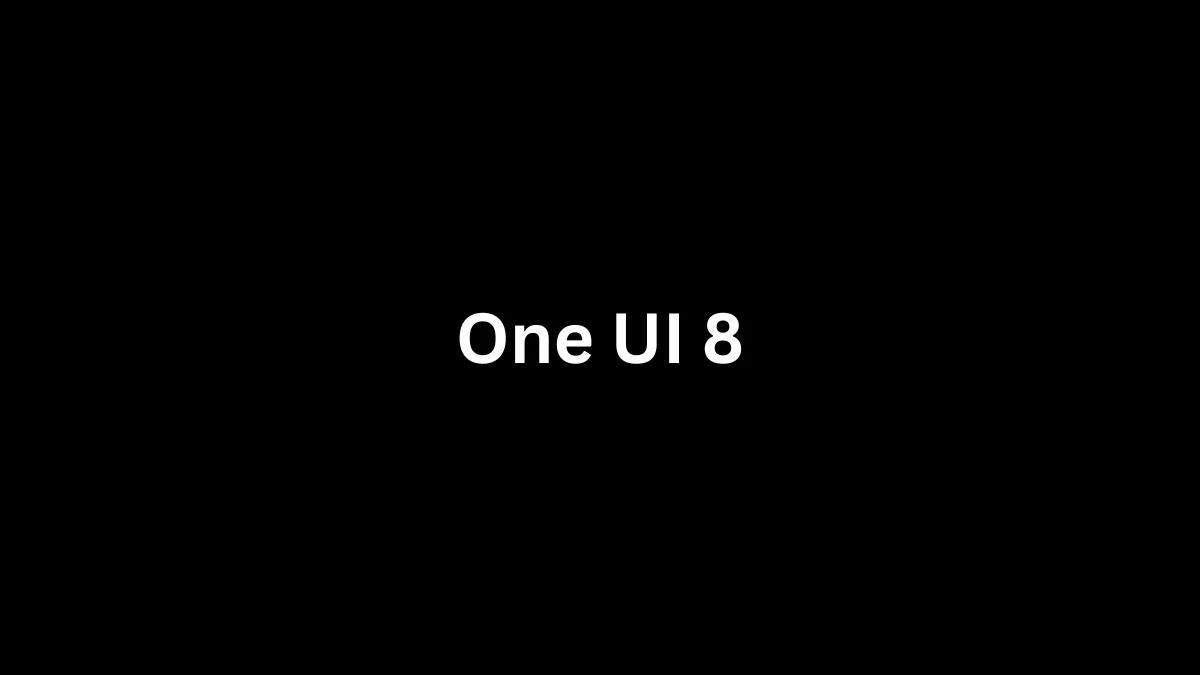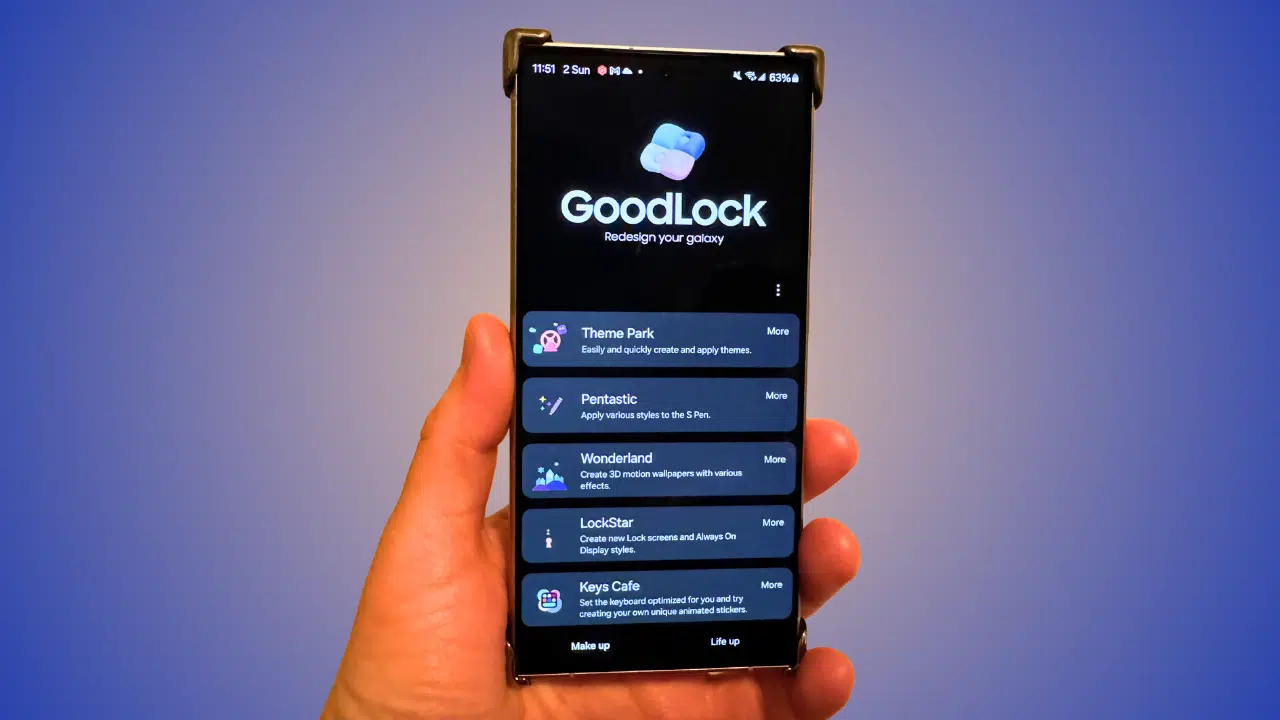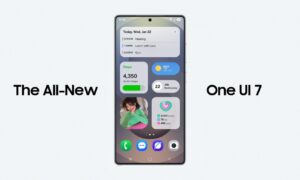The iPhone 13 series has brought a big surprise to domestic users since it was released and sold. Compared with the previous years, the increase in volume does not increase the price.
Join tip3x on Telegram
Before the release of the iPhone 13, there was a lot of news that the iPhone 13 series models will support 5G millimeter-wave in more countries and regions, but after the release, it is still only available for the US version of the iPhone 13.
Let’s first understand what is millimeter-wave with the author. Millimeter waves are electromagnetic waves with a wavelength of millimeters, usually referring to a frequency band of 30-300 GHz, often including frequency bands above 24 GHz.

The 5G network currently developed in China uses the Sub-6GHz frequency band, while the United States promotes the 5G network in the millimeter-wave frequency band. The millimeter-wave frequency band has a faster propagation speed and lower delay.
According to the data released by HiSilicon, the Balong 5000 baseband chip is below Sub-6GHz, the download rate is 4.6Gbps, and the uplink rate is 2.5Gbps, but under millimeters wave, the download rate can reach 6.5Gbps, and the uplink rate also reaches 3.5Gbps.
Millimeter-wave has an absolute advantage speed and is suitable for prosperous big cities, especially most commercial areas in the United States, but the result of its advantage in speed is that its wavelength is short, and the signal transmission distance is very close.
Therefore, the Sub-6GHz band is more suitable for suburban and rural areas, and in areas outside the United States where 5G signals are already covered, the Sub-6GHz band is more common.
Whether it is a Sub-6GHz or millimeter wave, there is no difference between advantages and disadvantages, but the order of development is different, one is wide, the other is fast, and the two form a complementary state.
(Via)







